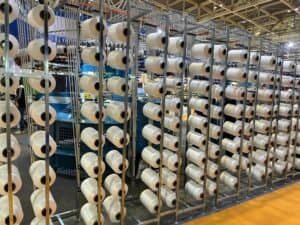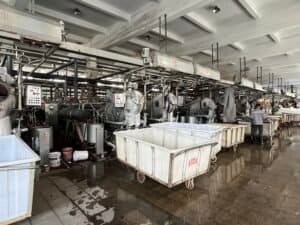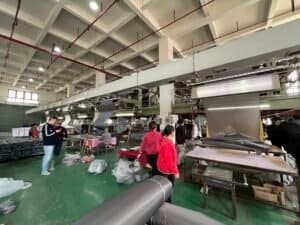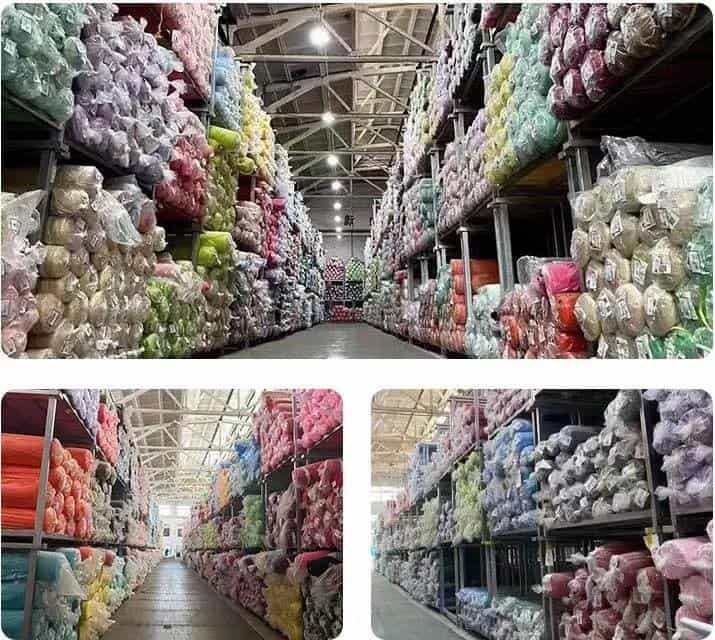In the context of the US-China tariff trade war, China's textile industry faces several challenges, but also opportunities. Here are some possible impacts and paths forward:

Market Diversification: With increasing uncertainty in the US market, Chinese textile companies are seeking other international markets to reduce reliance on a single market. This might involve expanding into Europe, Southeast Asia, Africa, and South America.
Industry Upgrading: The trade war has accelerated technological innovation and industry upgrading in China's textile sector, aiming to enhance product value and competitiveness. Companies may invest more in research and development to improve production efficiency and product quality.

Domestic Market Focus: As Chinese consumers' purchasing power and awareness increase, the domestic market becomes a significant battleground for textile companies. Companies can focus on building brand awareness and enhancing product design to attract domestic consumers.

Supply Chain Adjustment: Companies might optimize supply chain layouts to increase flexibility and resilience. This could include setting up overseas production bases or diversifying sourcing to mitigate the impact of tariffs.

Environmental and Sustainability Emphasis: As demand for environmentally friendly and sustainable textiles grows in international markets, China's textile industry needs to pay more attention to environmental standards and sustainable practices in production.

Opportunities in Trade Agreements: China may engage in more international trade agreements to gain new market access opportunities and reduce tariff barriers.

Overall, while the US-China trade war presents uncertainty and challenges, it also drives China's textile industry to seek new opportunities for development through market diversification, industry upgrading, and technological innovation to adapt to the current trade environment.









